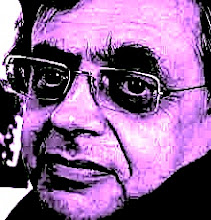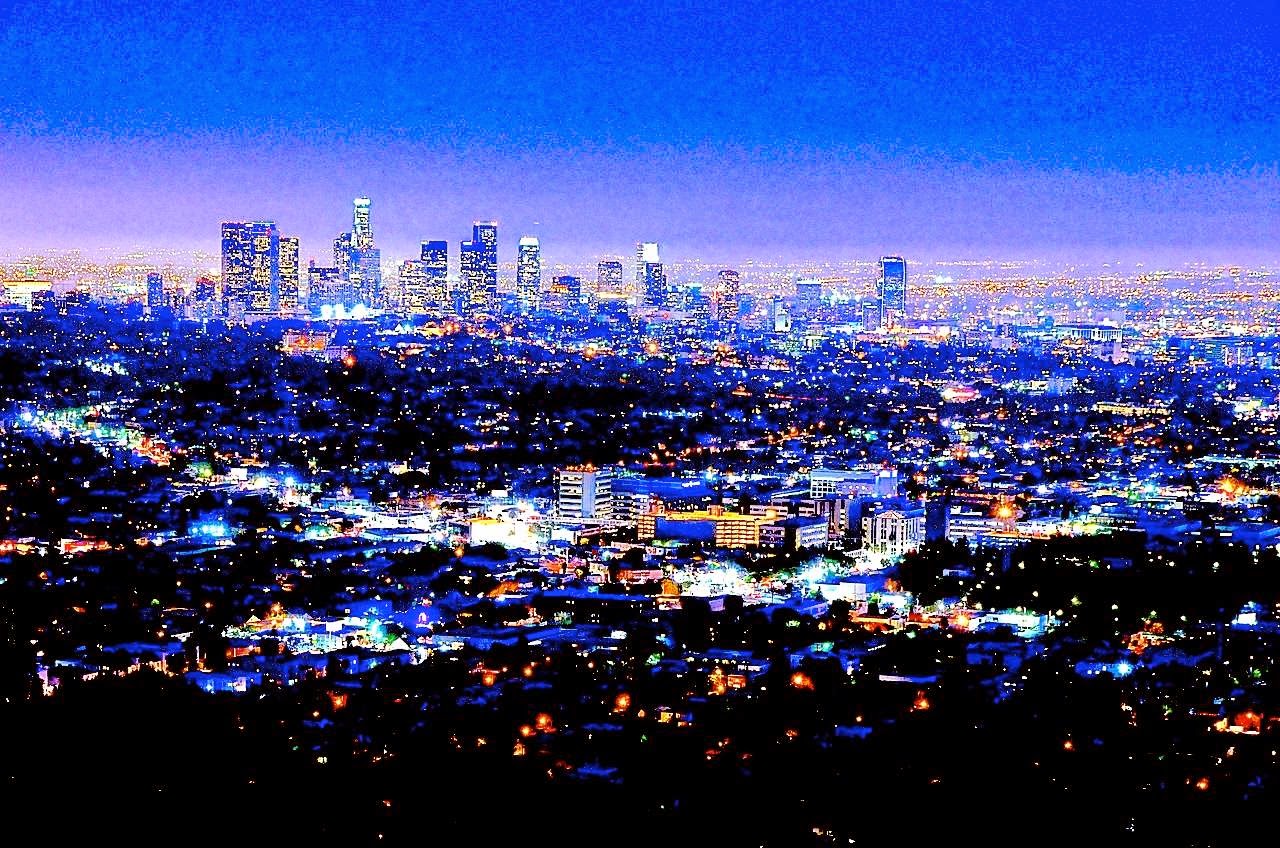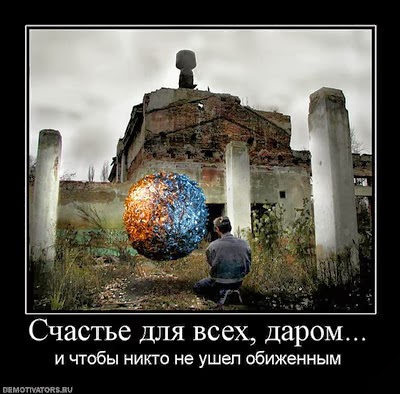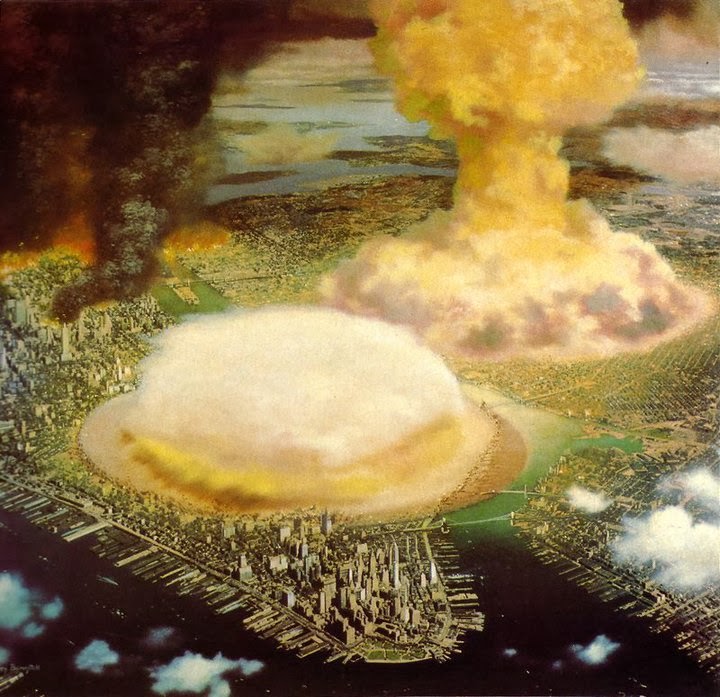http://hackitectura.net/osfavelados/2009_proyectos_eventos/200908_pula_postcapitalist_city/text/20080822_texto_01.pdf
(José Pérez de Lama, 'Imaginando la metrópolis del FlexDeal', 2008).
(Michael Dear, Andrew Burridge, 'Cultural Integration and Hybridization at the United States-Mexico Borderlands', 2005)
(Lawrence Herzog, 'THE ARCHITECTURE OF TOURISM AND FREE TRADE',1992)
Tito Alegria, 'La visión de la metrópolis transfronteriza. Crítica y evidencias en el caso de Tijuana y San Diego' 2007.
http://catarina.udlap.mx/u_dl_a/tales/documentos/lar/lim_g_hl/(Héctor Luis Lim González, 'El papel del espacio arquitectónico en un contexto fronterizo', TESIS, Cholula, Puebla, 2004)
Three important reference books:
Michael Dear and Gustavo Leclerc eds., "POSTBORDER CITY- Cultural Spaces of Bajalta California", Routledge 2003;
Lawrence A. Herzog, "FROM AZTEC TO HIGH TECH- Architecture and landscape across the Mexico-United States border", JOHNS HOPKINS UNIVERSITY PRESS 1999;
Néstor García Canclini, "CONSUMERS- globalization and multicultural conflicts", University of Minnesota Press 2001 (1995 México).
(What we find here is basically a development-oriented, postmodern, intermingling-centered vision of the border situation. It certainly expresses a good portion of the truth. But there are darker sides, as well as higher intensities, to which I'll return next- as well as probably an underevaluation of the autonomous cultural productivity of chicano culture, as well as a decomplexified vision of Mexico itself (and of 'northside', I'd say). All of this is anyway a useful reminder that we just don't have only poverty or social breakdown, but also radically new social, cultural, economical conglomerates- in part really a new civilization. GC)
(Quella che troviamo qui è di base una visione della situazione del confine che è orientata verso lo sviluppo, postmoderna, centrata sulle commistioni e ibridazioni. Sicuramente esprime una buona porzione della verità. Ma vi sono aspetti più oscuri, così come intensità più forti, su cui tornerò prossimamente- così come probabilmente si ha una sottovalutazione della produttività culturale autonoma della cultura chicana, e una visione decomplessificata del Messico stesso (e anche del ‘lato nord’, direi). Tutti questi contributi comunque ricordano opportunamente che non abbiamo solo povertà e disgregazione sociale, ma anche conglomerati sociali, economici, culturali radicalmente nuovi – in parte davvero una nuova civiltà. GC)
[see http://gconse.blogspot.com/2011/05/link-to-exploring-borderlands-contact.html (1)
http://gconse.blogspot.com/El Paso/Ciudad Juarez (2)
http://gconse.blogspot.com/2011/06/la-theory.html (3)]
[see http://gconse.blogspot.com/2011/05/link-to-exploring-borderlands-contact.html (1)
http://gconse.blogspot.com/El Paso/Ciudad Juarez (2)
http://gconse.blogspot.com/2011/06/la-theory.html (3)]
















See later "TIJUANA 2: Michael Hemmingson's "ZONA NORTE" [2008, 215 pp]", and "TIJUANA 3: JJ-180 [Philip K. Dick , "Now wait for last year"]", with its Italian double- and the approach to its background (anthropological, not just geographical) with 'Imperial': 1, 2, and to follow. Is this going to project me into space, like some P.K. Dick hero from 'The time is out of joint' (which Vollman puts into his monumental bibliography)-or just towards more homely time shifts in between aliens, like Dr. Eric Sweetscent in Tijuana proper?
RispondiElimina